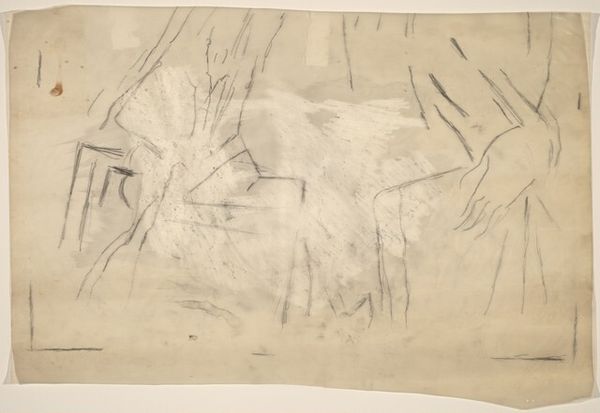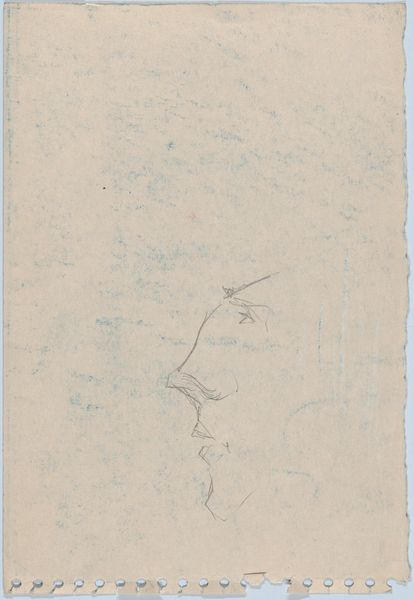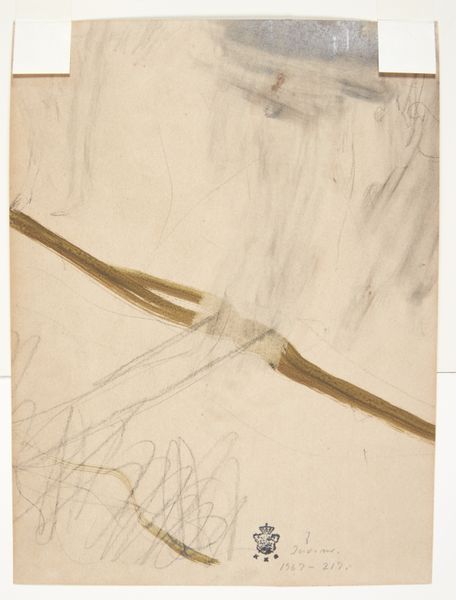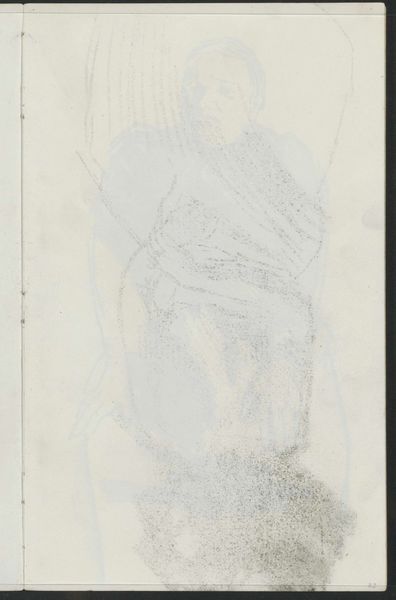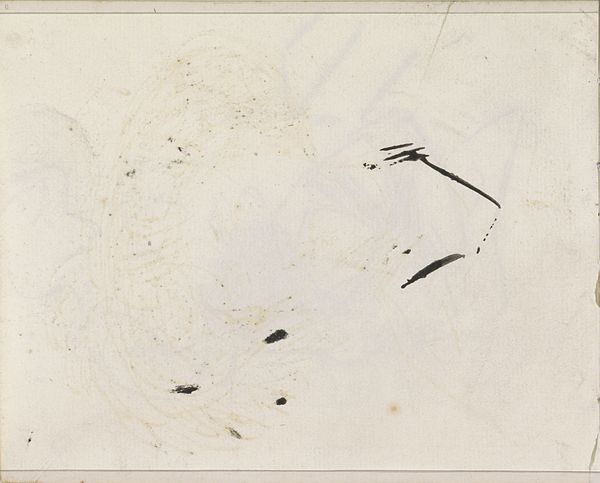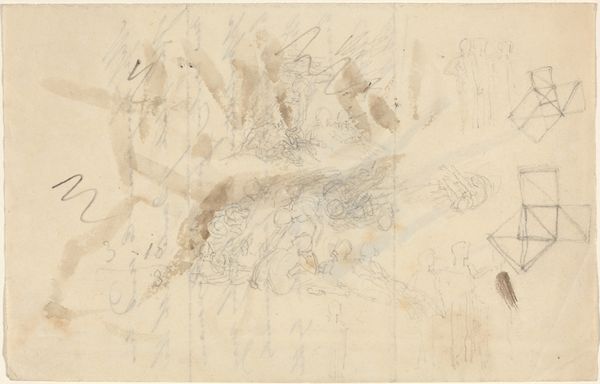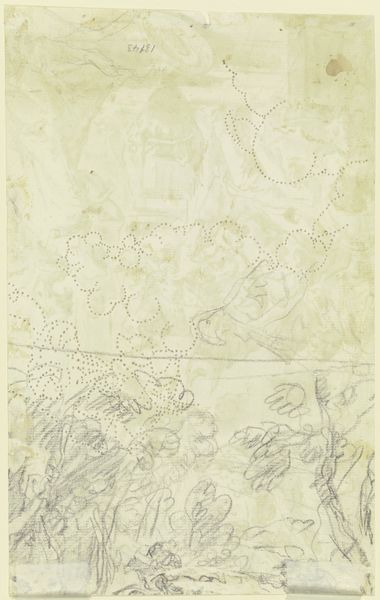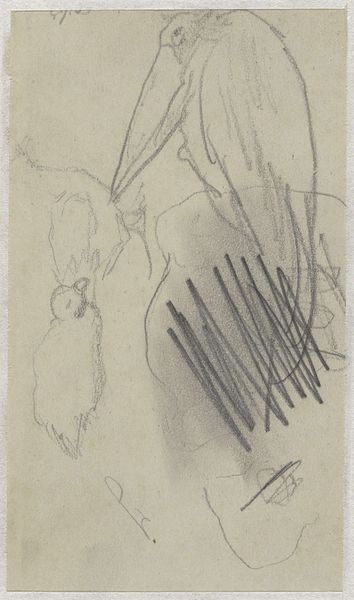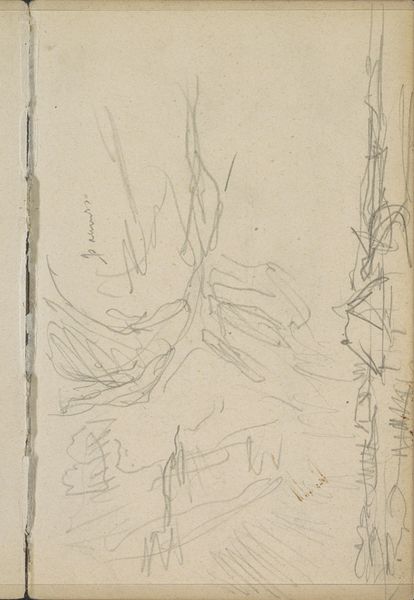
drawing, paper, watercolor
#
drawing
#
water colours
#
paper
#
watercolor
#
art-informel
#
abstraction
#
line
Copyright: Carl Buchheister,Fair Use
Editor: We’re looking at Carl Buchheister’s "Composition Gowa," made in 1958 using watercolor and drawing on paper. It’s quite abstract, a flurry of lines and pale washes. It almost feels like looking at something organic under a microscope. How do you interpret this work? Curator: It's tempting to see "Composition Gowa" solely as a formal experiment. But situating it within the post-war context and the rise of Art Informel opens richer readings. The seeming chaos can be read as a reaction to the rigid structures, both artistic and political, of the pre-war era. Do you notice how the lines, though seemingly random, create a sense of restrained energy? Editor: I see that, yes. The energy feels very internal, not explosive. It’s like potential waiting to be unleashed. Curator: Exactly! And the use of such delicate materials – watercolor and paper – contrasts sharply with the monumental and often bombastic art of totalitarian regimes. This delicacy can be seen as a deliberate choice, a quiet form of resistance. How does the title "Gowa" – seemingly disconnected from the imagery – play into this? Editor: Maybe it's a reference to a place, a memory, or something personal for the artist, adding another layer of meaning that we might not be able to fully grasp, but can sense is there. It makes the abstract more… grounded somehow. Curator: Precisely. Buchheister is embedding layers of meaning - both overt and obscured, creating space for viewers to activate meaning through their interpretation and interaction. Editor: I never considered abstraction as a form of quiet resistance, so I found your point about context really insightful. Curator: And I'm reminded how vital that sense of potential, the “waiting to be unleashed” feeling you observed, remains even decades later. Thanks for your perspective.
Comments
No comments
Be the first to comment and join the conversation on the ultimate creative platform.

